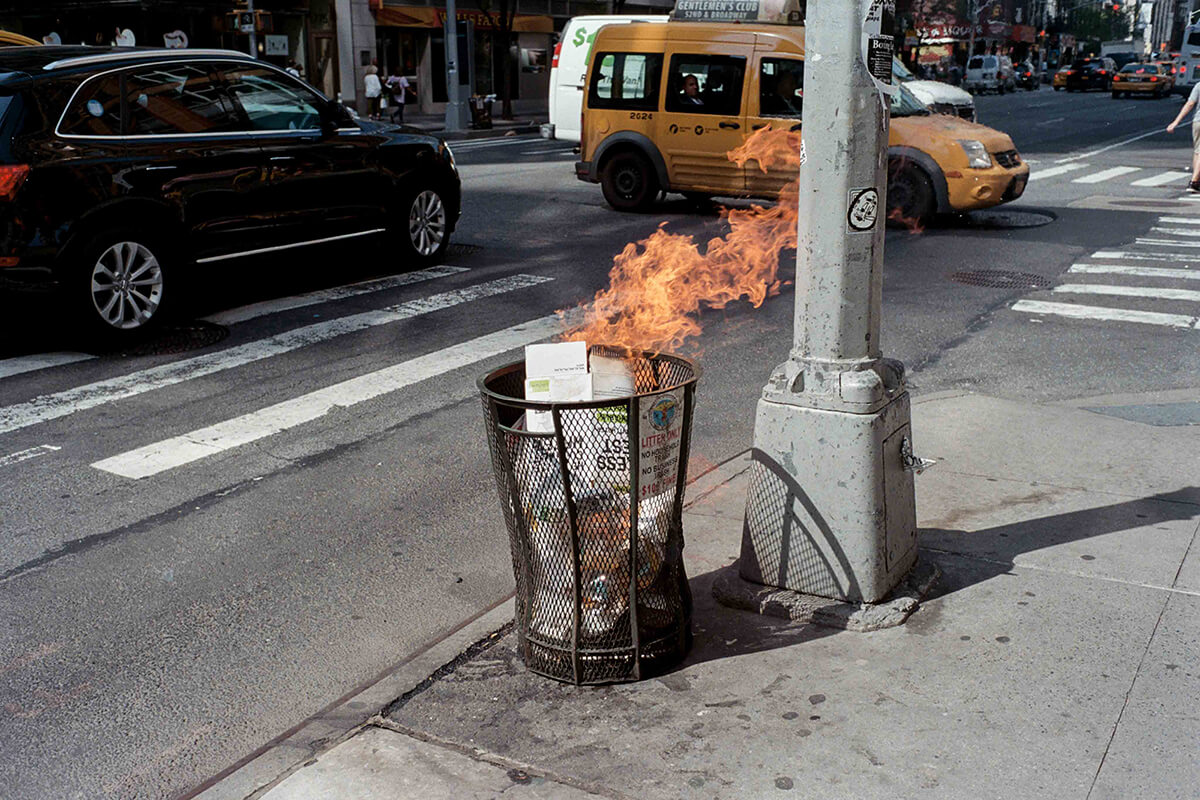INTERVIEW
Wrong Side of the Lens (pt. 1)
WITH JOSH ETHAN JOHNSON
AN INTERVIEW WITH JOSH ETHAN JOHNSON
“I hope even non-photographers can enjoy the series because it gets into larger topics like obsession, the instinct to nurture something, intimacy, and shows people who have made themselves vulnerable to the camera by exposing some very relatable struggles.”
Wrong Side of the Lens by Josh Ethan Johnson is a documentary series that turns the lens on street photographers to delve into their obsession – what makes them tick, why their love of street photography endures, and what they’ve learnt along the way. The camera follows them as they work, recording their workflow, interactions, and attitudes, and offering a glimpse into a landscape of emotions as raw and unpredictable as the streets of New York and Los Angeles. Across 19 episodes it features legends such as Richard Sandler and Jill Freedman, as well as exciting up-and-comers you might not have heard of such as Valerie J Bower and Estavan Oriel, and is highly recommended viewing whether you consider yourself a street photographer or not.
What’s even more remarkable than the elusive subject matter of a street photographer at work is the diversity of their personal stories and work philosophies. it’s a passion project unlike any other, and offers a huge wealth of insight as well as entertainment.
But just how did Johnson – a passionate street photographer himself – manage to convince so many of his fellow obsessives to be so honest and transparent about their journeys? We put that question to him, along with a handful of others…
Banner image © Sebastian Siadecki
You’ve just come off the back of a series of premieres for Wrong Side of the Lens, in NYC, Amsterdam, London, Paris, Berlina and LA. How has the reaction been? Has it surprised you?
I’ve been humbled! Lots of my projects I’m excited about quickly die on the internet within 24 hours. Even though WSOTL took me 5 years and about a million man hours, I was prepared for it to have such a fate. Needless to say, I’ve been extremely happy to have some eyeballs on it but I’d already gained so much from the project personally that I would have still considered it a “success”. The amount of positive, life affirming messages I get everyday from fans is unreal.
And the premieres were an absolute blast. The only one I originally planned was the first NYC event. That sold out in a day with a crazy waitlist, so I quickly added another NYC date which also sold out! People in Europe began reaching out, asking if they could set up and pay for proper theatrical showings where I’d just Zoom in for the Q&A but after a few different people in different cities hit me up, I said F-it and bought a plane ticket. I then added a few more cities and events to fill it out. This all was super last minute with only a few weeks to plan but I had teams of people helping in each city so, by the grace of Zeus, it all went off without a hitch. The events were also all sold out, to my surprise, with very engaged locals who rolled out the red carpets. The photo community in general is amazing and this was a great example. On top of helping me organize and promote, they took me to parties, bought me dinners and showed me the cities from the inside. LA was a blast too and the event was hosted by a very amazing theater called Brain Dead. It’s really been a trip of a lifetime but I’m hoping to do it all again with a Season 02!
The title says it all, turning the focus onto a breed of photographer often elusive and solitary – observers rather than the observed. How did you persuade each of your subjects to get involved and open up about their practice?
Blackmail. I dug up some dirt which wasn’t difficult. Photographers are all criminals at their core. In reality, there were only a few needing persuasion. The others seemed excited. Some hadn’t really ever been an onscreen personality to their otherwise anonymous work. Most seemed to surprise themselves at how much they had to say and how good they actually were at saying it. I wasn’t really surprised since I kind of knew it’d work to some degree but it was still a joy to see their reactions. It all was a kind of experiment to see if giving context to this work would either add or subtract from it and I think for the most part, it really elevated it.
Some like Sean Maung took a little convincing since he had reservations on attaching his likeness to his work which really benefits from his anonymity to a large degree. Who he is, what he looks like is so much a part of the mystery which helps tickle the viewers imagination. I convinced him that this topic is exactly what we should dig into. We had a blast roaming the streets of West Hollywood, meeting amazing people. His episode is one of my favorites but then again… they all are.
You ask each photographer what draws them to the genre of street photography, but you are a street photographer yourself. What draws you to street photography?
The whole motivation for me to make this series on street photographers was to help answer that very question. I’d been taking candid, documentary, human focused photography for over 20 years before I began making Wrong Side of the Lens. For all that time, I wasn’t actually interested in questioning my motivations. I was making work I was proud of and that was enough. It was teaching me things. It brought community, opportunity, fulfillment. I think I sometimes shy away from intellectualizing things which I’m enjoying out of fear it may disturb those motivations. I’ve done this a few times in my life with other things like music and fly fishing. I want to just stay in the mode of creating/doing vs thinking about why.
In Richard Sandler’s episode, he tells a story about taking a class with Garry Winogrand back in the day where Winogrand would barely talk about why he liked or disliked an image made in his class. If a photo was interesting to him and it had “it”, he’d tap on the image hanging on the wall. If an image didn’t speak to him, he’d just move on and do nothing. That was it! Sandler’s theory on why he took this approach was because Winogrand didn’t want to ‘upset the muse that motivates someone to hit the shutter in the first place’.
That being said, something eventually changed in me when I grew more and more curious on why I’m drawn to the odd activity of candid photography. I saw so many of my friends attracted to the same thing and began wondering why. When I’m curious, I need answers and the only way I know how to explore those questions is to stick a camera in someone’s face, have long meandering conversations on these esoteric topics, then spend the next five years studying the footage. Each time someone said or did something I related to, I clipped it out and stuck it in their episode. That eventually turned into 5+ hours which captured the things I’ve felt over those 20 years but never had the language to express myself with. These films really just gather people smarter than me to express the things I didn’t know how to.
When we think of street photography, we often think of the big cities – London, LA, Tokyo, and particularly New York. Do you need to photograph a big city to be considered a good street photographer?
I don’t want to sound like an authority on street photo but NO! Absolutely not. In fact, I think cities are a great place to train for the big leagues but it’s not often ‘Carnegie Hall’ or other such clichés. There’s tons of work out of cities I take inspiration from and make myself but I ultimately believe shooting cities are easy. It’s fun AF, hard to do well, but mostly easy… at least to attempt. I mean… humanity is smashed together in large numbers with enormous economic disparities making for obvious conflict laid out on a silver platter on a public street. And city folk are often busy with bigger issues than worrying about a kid with a camera.
Small communities, for me, are the real challenge to capture. Personal space is guarded much more, and scepticism sometimes is more pronounced. The skills sharpened on a city street, however, can come in handy out there.
That being said, there’s opportunities in cities to dig deeper, beyond the busy surface streets. Some, like Daniel Arnold, keep looking, dialling in to find peculiar moments only cities offer. I also think cities have all kinds of subcultures worth exploring, usually behind closed doors. Much like a small town, you can’t just bust in with a flash and peace out. You may have to actually say hi!
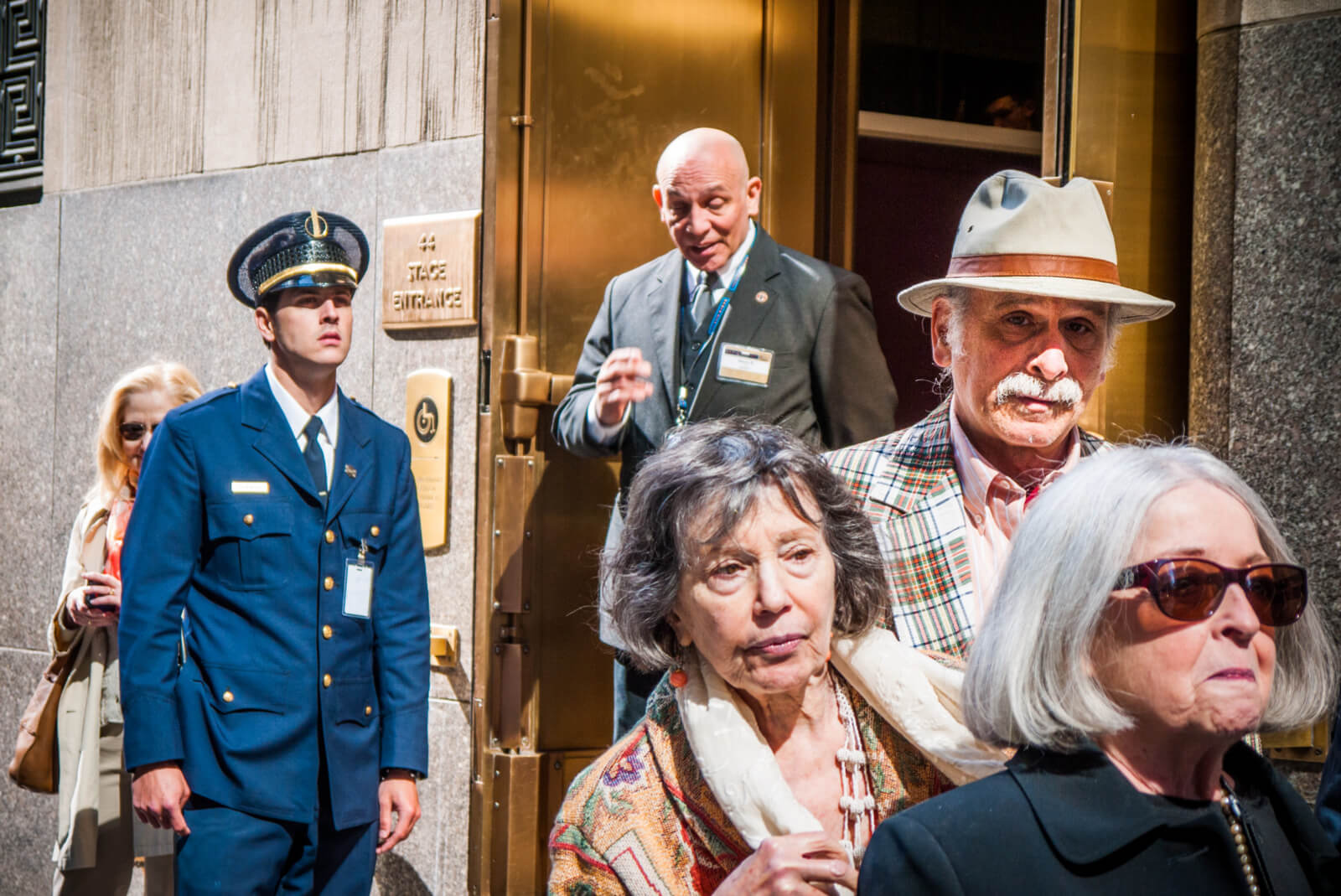
IMAGE © JOSH ETHAN JOHNSON
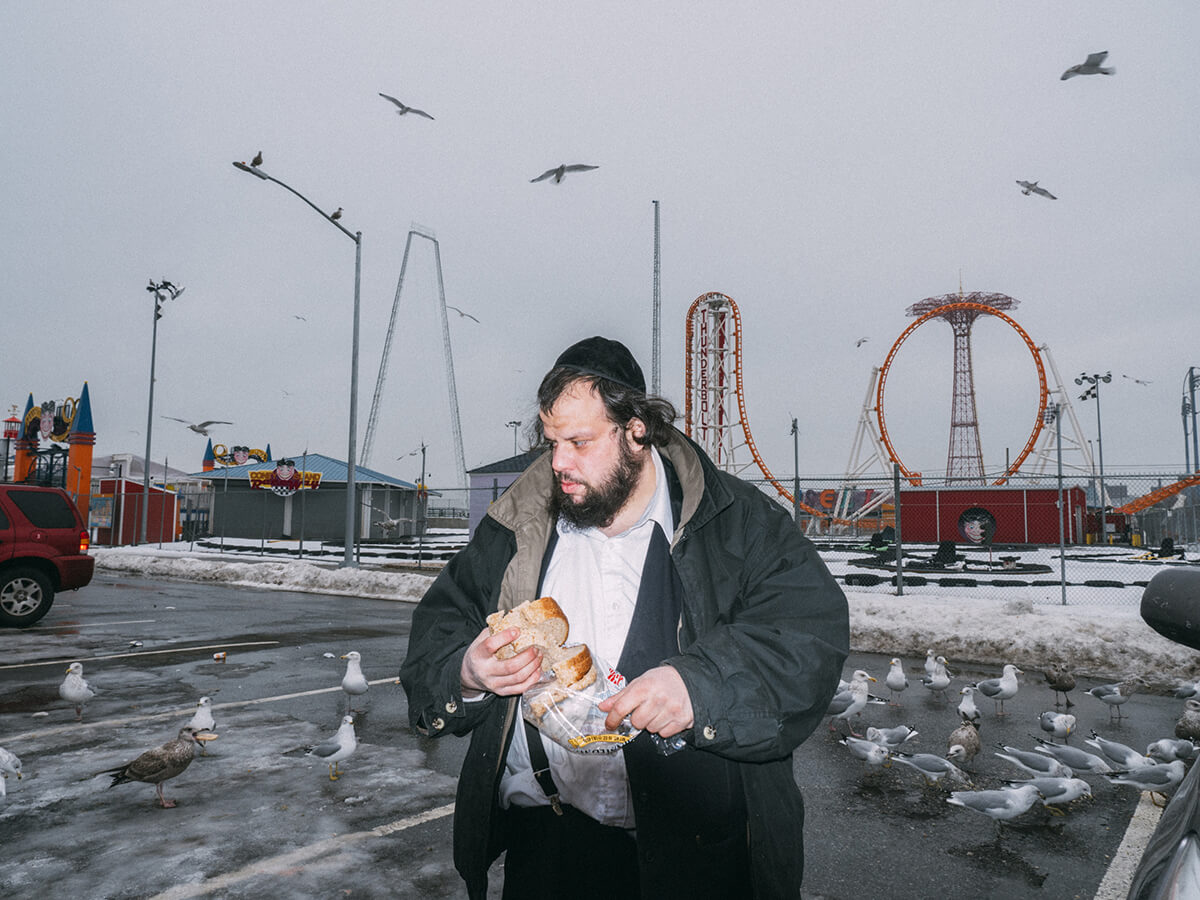
IMAGE © JOSH ETHAN JOHNSON
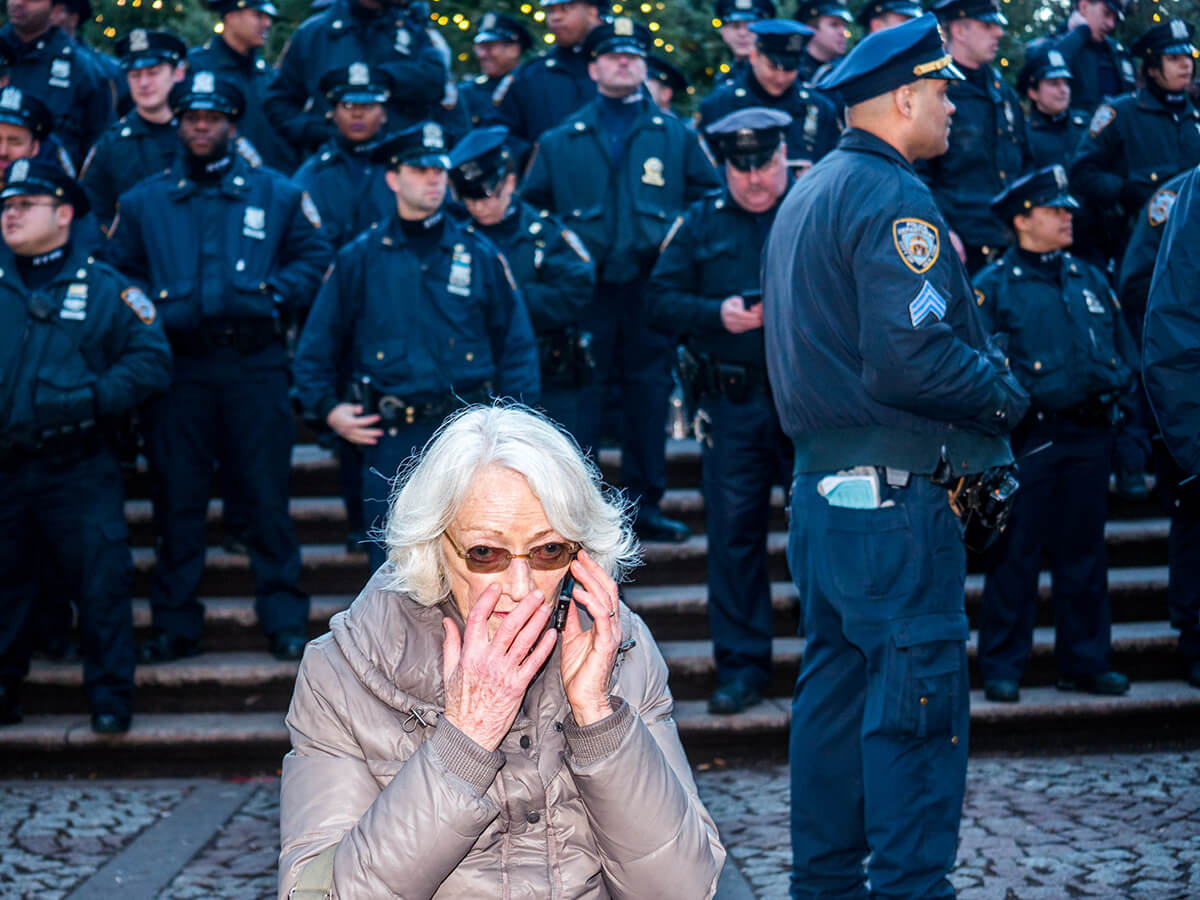
IMAGE © JOSH ETHAN JOHNSON
How do you navigate the line between a photographer’s right to capture a public scene, and the subject’s right to a degree of anonymity. Is it something you’re conscious of in your work?
Yeah. For sure. It’s something I think a lot about especially after traveling to Europe and talking with photographers from countries which have very different laws from the USA. It’s my understanding that in Germany, for example, you can be arrested simply for the act of taking a photo that could be perceived as defamation of character. That’s not even factoring in where you’d publish it… Just the act of taking it. I personally adore the 1st amendment giving us the freedom of press and speech. It’s one of the last bits of leverage us 99 percenters have left to attempt to keep powers in check.
I’m usually torn between naturally being an empathetic person and one who believes in hard science. If future human societies benefit from a hard objective science like, for example, the study of human behavior, then maybe it’s ultimately beneficial to keep emotions out of the equation? Science would be a much different place if they had felt bad for the atoms they were trying to split. If aliens came down and made an emotionless, truth-seeking documentary on humans, I’d be first in line.
That all being said, I probably don’t take more photos than I do due to this inner dilemma. I sometimes see someone who catches my eye but decide to leave them alone for various reasons. I think it’s probably one of the strongest factors informing my photo style and approach. Because I’m curious about people and don’t often like disturbing them, my approach has leaned more towards either taking people’s photos without them even noticing or talking with them before or after. I enjoy Bruce Gilden’s in your face approach because the final result is provocative and objective but I don’t often like to make that work anymore.
On that subject, there are some photographers in the series who we might consider having that “in your face” style to capturing street portraits. Can you overstep a line? Is “de-escalation” a valuable skill for the street photographer?
I enjoy all kinds of photo approaches. I’m glad there’s a spectrum of approaches all informed by the artist’s shifting moods or personality. I’m very proud of the variety of styles captured in WSOTL which helped me identify all the ways I like to shoot at different times. I think there is a “line to cross” but, short of physical harm, that’s got to be defined by the individual in my opinion. From my anecdotal research, photographers aren’t often surprised if someone reacts aggressively to an up-close photo but since pissing that person off is not usually their intention, they’ve learned to not take it personally. Same for me. Upsetting someone is never my motive but if the person, as Jill Freedman says, “is an ass or a perpetrator…. then gladly”.
The act of taking a photo, if done from a place of love and/or curiosity is rarely anything but positive. Lots of people, not all, have the ability to make a choice on how they react and control our emotions. And if they don’t know how to, maybe they can learn? Plus… I love my picture taken and so do the vast majority of the people I encounter.
If there’s one thing you’ve learnt from Wrong Side of the Lens, that you’ll take back into your own practice, what will it be?
I both hate and love this question because it’s the hardest! Like I mentioned before, the 5+ hours of content is just a million small clippings of all the interesting things the subjects did or said. My hope is that non photographers also can enjoy this content because I think it gets into larger topics like obsession, the instinct to nurture something, intimacy, and shows people who have made themselves rather vulnerable to the camera exposing some very relatable struggles. Maybe that’s the one big take away… the more vulnerable you make yourself, the more opportunity for catharsis. So hard for me to boil down. I need another 5 years to think it over.
Working in a fast-paced environment with endless variables out of your control, how do you carve out a distinctive style in street photography? Who would you say does this particularly well? And who’s pushing the genre in interesting directions?
Oh man. My Instagram feed is chalked full of people from all over making insane work. It’s such an inspiring time.
As for creating a distinctive style… I think that’ll just present itself naturally once they hit the 3 million hour mark. I recommend just turning off the conscience, commune with the subconscious, find the right tool for the job, loose the ego, be curious, talk with those you admire, buy them a meal, buy their books, make the work then repeat a million times. Just make work that offers you or your community some service or utility. And stop reading this interview and get out shooting!!
And finally, who’s top of your bucket list for series 2 and why?
Oh wait… don’t stop reading just yet. I can’t give away any names right now but my main goal is to take the series international. Maybe interstellar. I want to find the uncut gems as they make their masterpieces so I’ll be scouring the corners of the world. I need money though. I self-funded season 01 but I’m just a working stiff so need proper adult funds to make my vision come true. If you can help in any way with connecting me or dropping a few shillings into my fund, there’s a spot on my www.wrongsideofthelens.com page to support. There are so many deserving artists out there making amazing work who don’t have the platform they deserve.
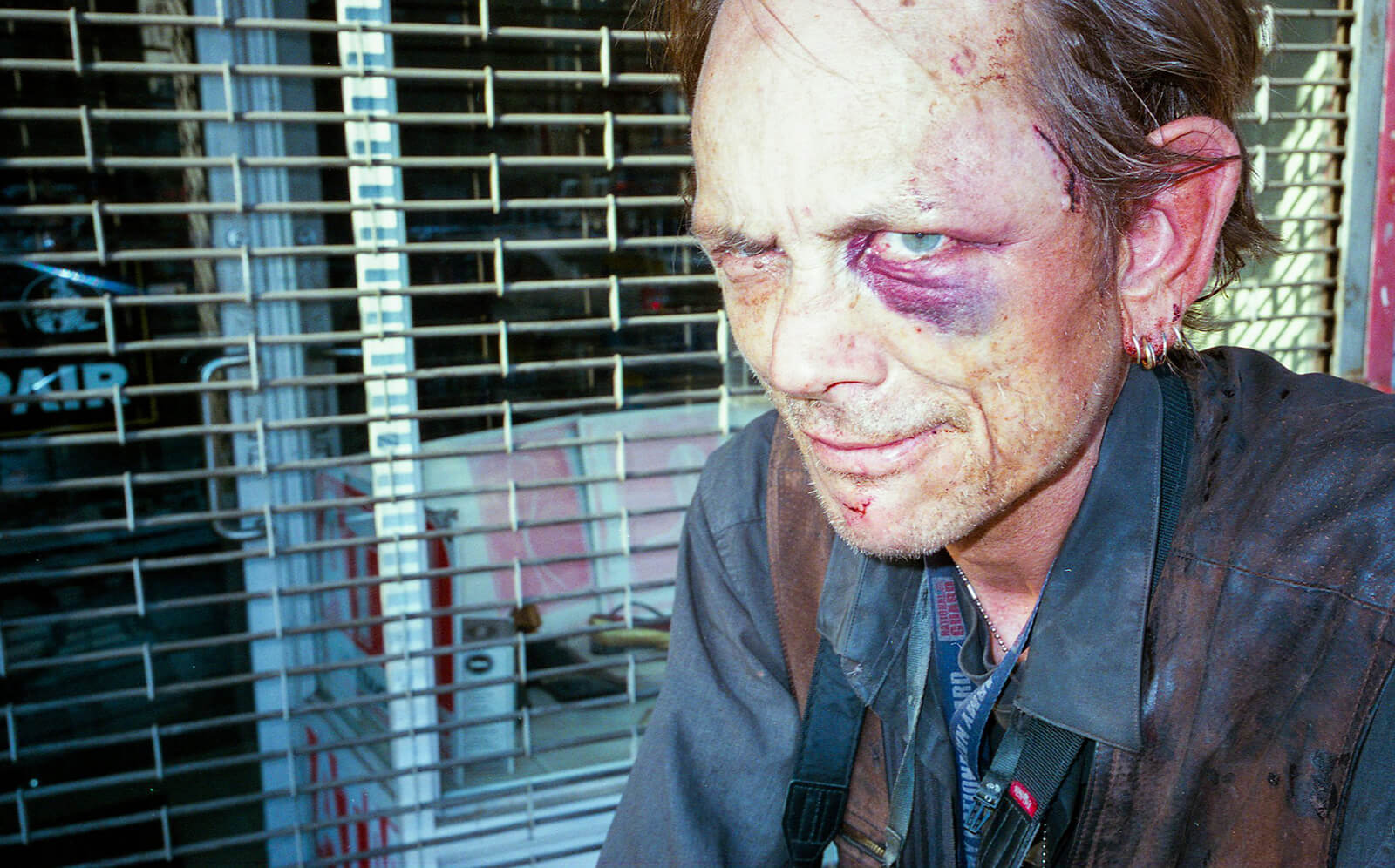
IMAGE © JOSH ETHAN JOHNSON
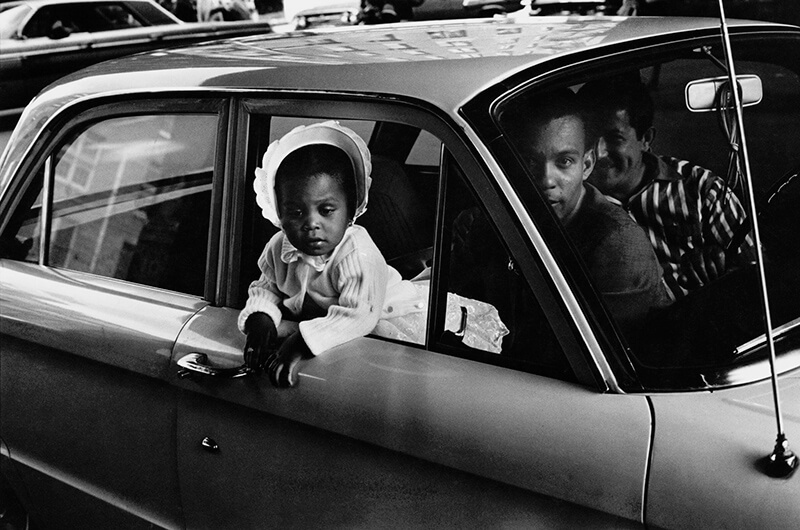
IMAGE © JILL FREEDMAN
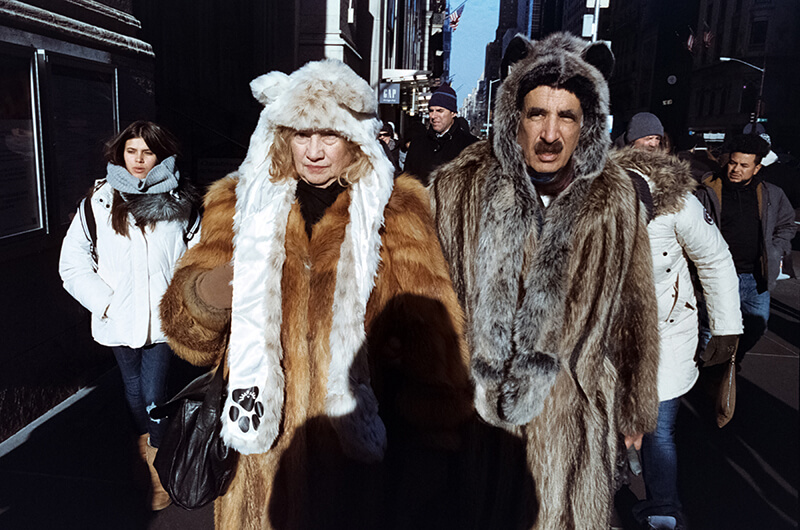
IMAGE © AARON BERGER
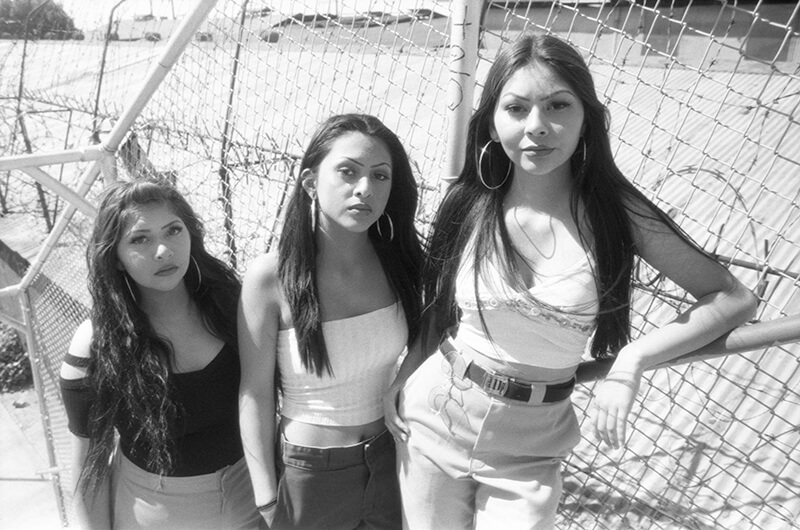
IMAGE © VALERIE J BOWER
All images © the photographer
Find out more about Wrong Side of the Lens and watch the videos at www.wrongsideofthelens.com and find out more about Josh and his work at www.joshethanjohnson.com.
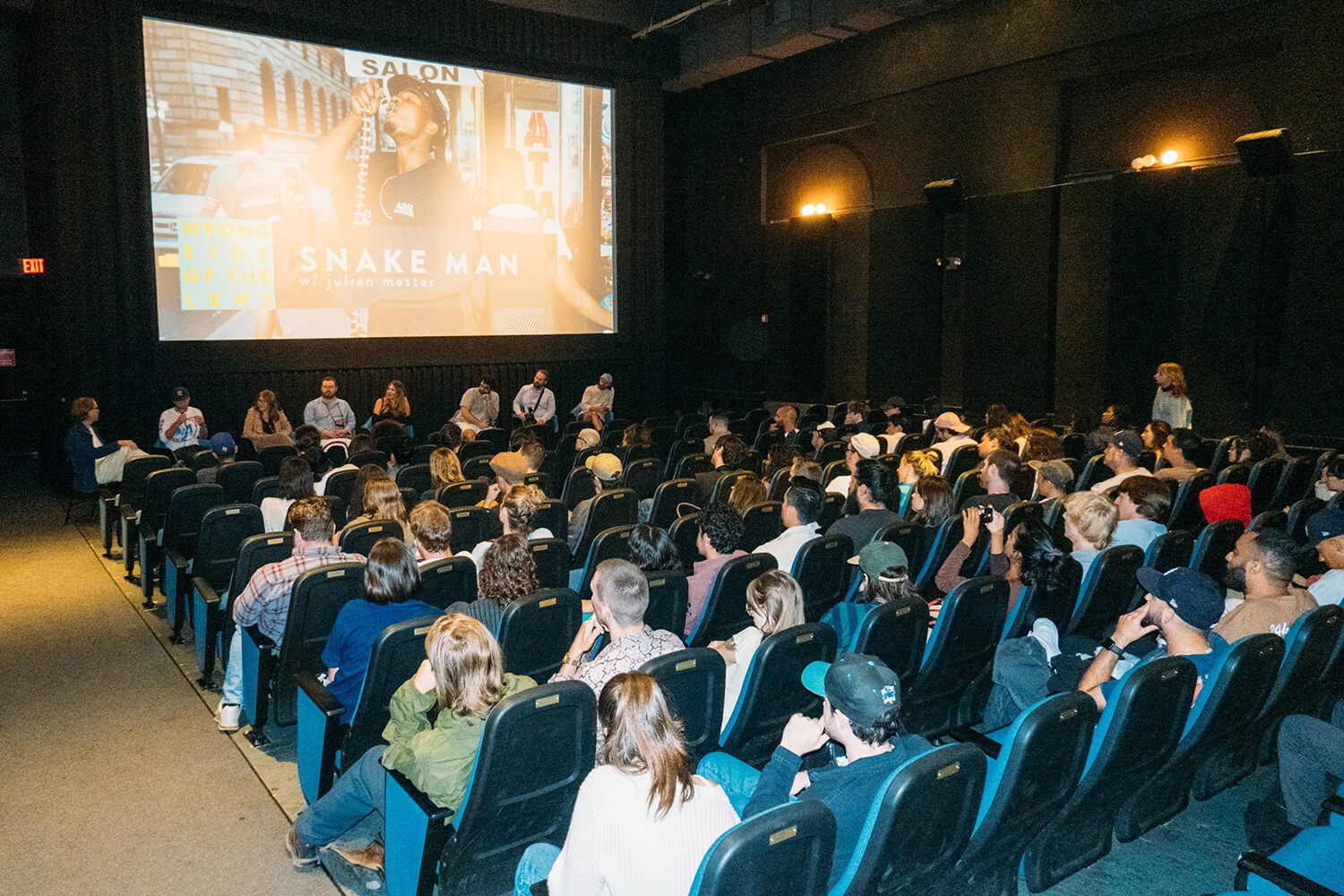
WRONG SIDE OF THE LENS PREMIERE
